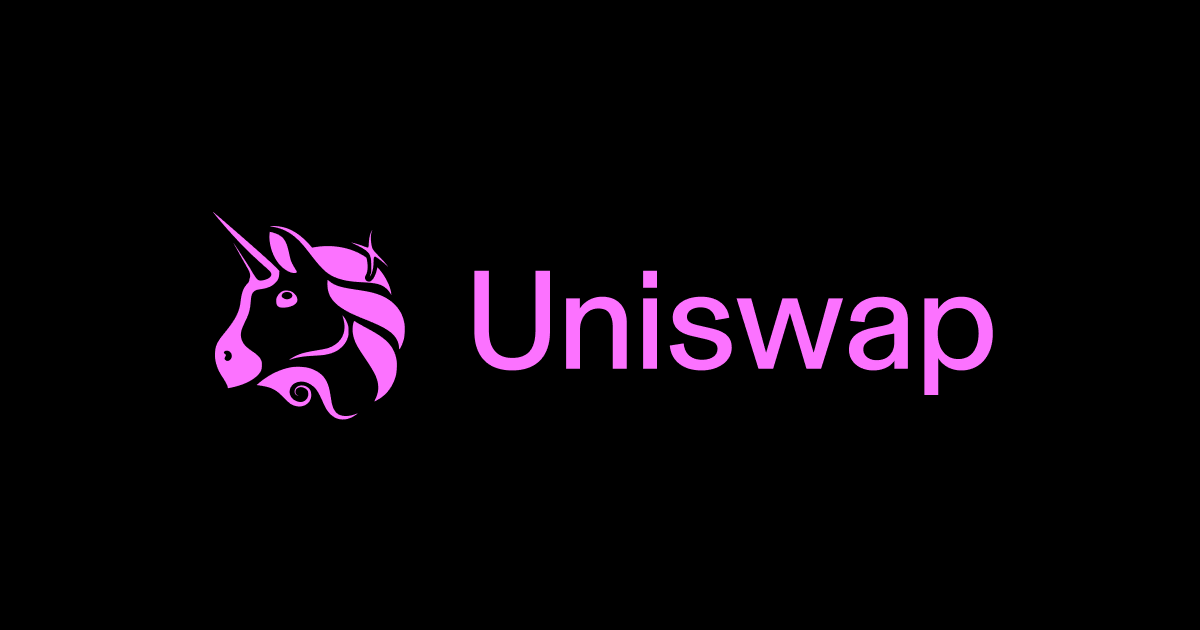Uniswap: How a Decentralized Exchange Works
Author: Sienna Povey

The Rise of Decentralized Trading
With the rapid evolution of decentralized finance (DeFi), decentralized exchanges (DEXs) have emerged as a revolutionary alternative to traditional cryptocurrency trading. Uniswap is one of the most well-known DEX protocols, offering a fully decentralized and automated market-making mechanism. Unlike centralized exchanges, Uniswap allows users to trade directly from their wallets without the need for an intermediary.
How Uniswap Works
At its core, Uniswap is built on smart contracts, which execute trades automatically without the need for a centralized authority. Instead of relying on an order book, Uniswap uses an automated market maker (AMM) model. This system enables users to swap tokens instantly based on a liquidity pool, ensuring a seamless and permissionless trading experience.
Liquidity Pools and Automated Pricing
One of the defining features of Uniswap is its liquidity pools. Users, called liquidity providers, deposit pairs of tokens into these pools. In return, they receive a share of the transaction fees generated by trades in that pool. The pricing mechanism follows a mathematical formula known as the constant product market maker, which ensures that token prices adjust dynamically based on supply and demand.
Differences from Centralized Exchanges
Unlike centralized exchanges, which require account creation, identity verification, and trust in a third party, Uniswap offers complete user control. Funds remain in users' wallets, reducing security risks such as hacks or exchange failures. Additionally, there is no need for listing approvals, meaning anyone can provide liquidity and trade a token, increasing accessibility for new projects.
Uniswap and the DeFi Ecosystem
Uniswap plays a crucial role in the DeFi ecosystem, enabling seamless interaction between decentralized applications (DApps), lending platforms, and yield farming protocols. By providing non-custodial trading, it has become a vital component of the decentralized economy, where users can earn passive income through liquidity provision.
Challenges and Future Developments
While Uniswap offers numerous advantages, it also faces challenges such as high network fees on certain blockchains, impermanent loss for liquidity providers, and scalability limitations. However, ongoing developments in layer-2 scaling solutions and alternative blockchain integrations aim to enhance its efficiency, making decentralized trading even more accessible.
Conclusion
Uniswap represents a fundamental shift in how cryptocurrency trading operates, eliminating reliance on centralized entities while empowering users with greater financial freedom. As decentralized exchanges continue to evolve, platforms like Uniswap will play a key role in shaping the future of permissionless finance.
Popular Articles

